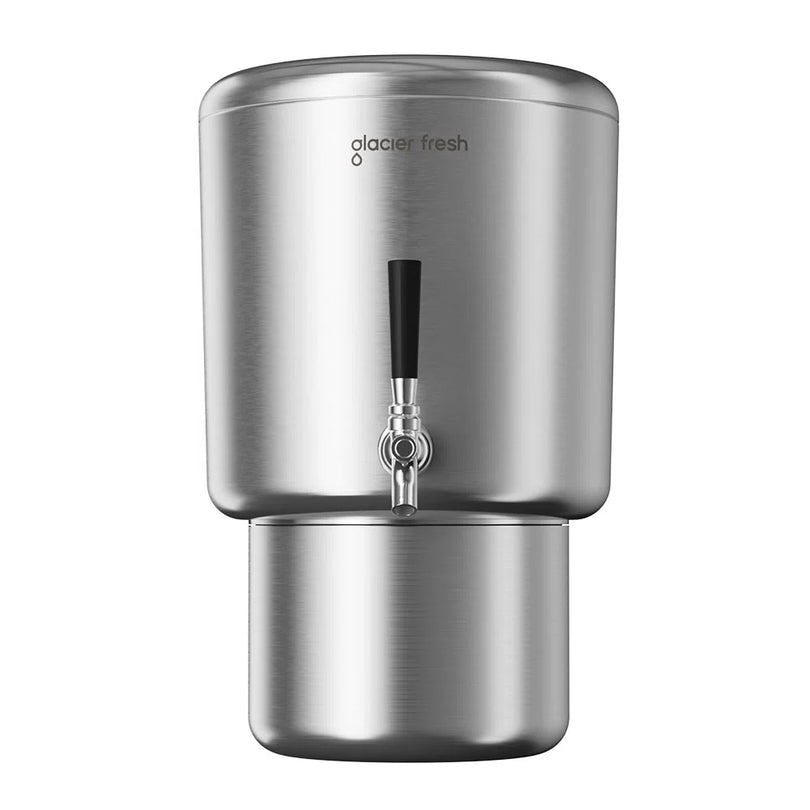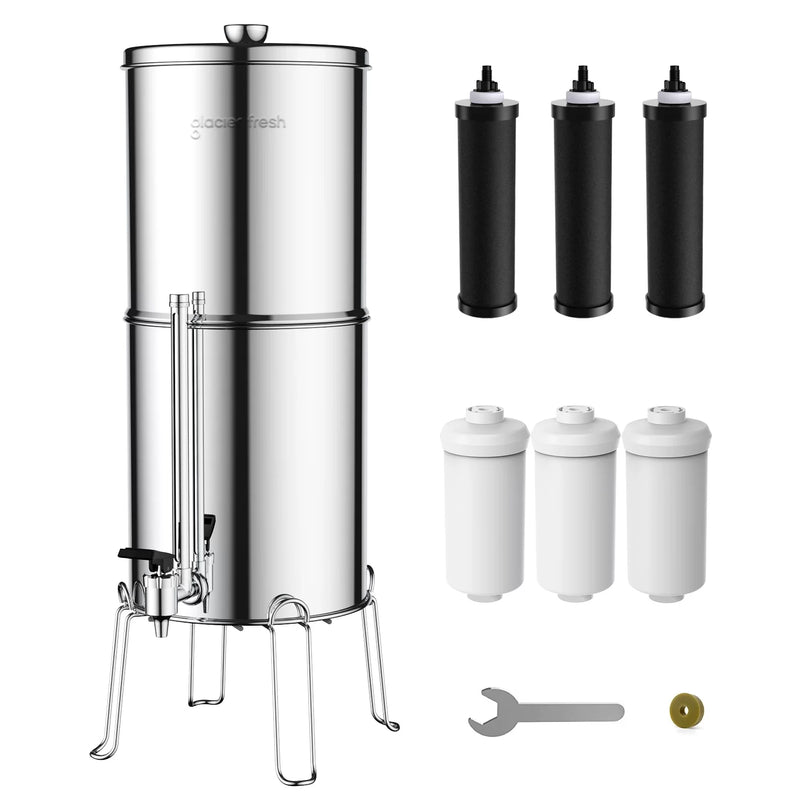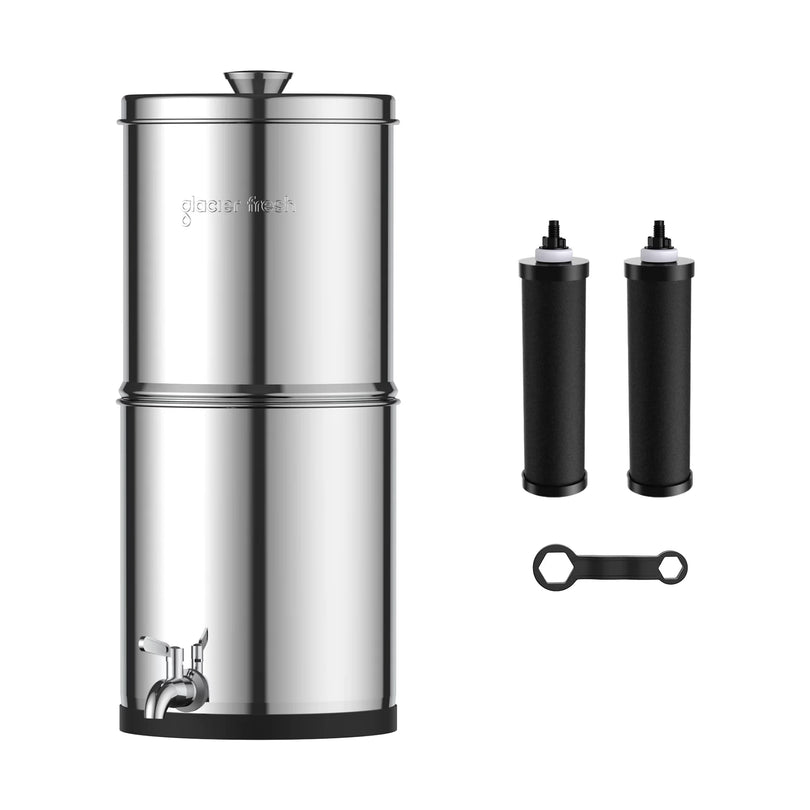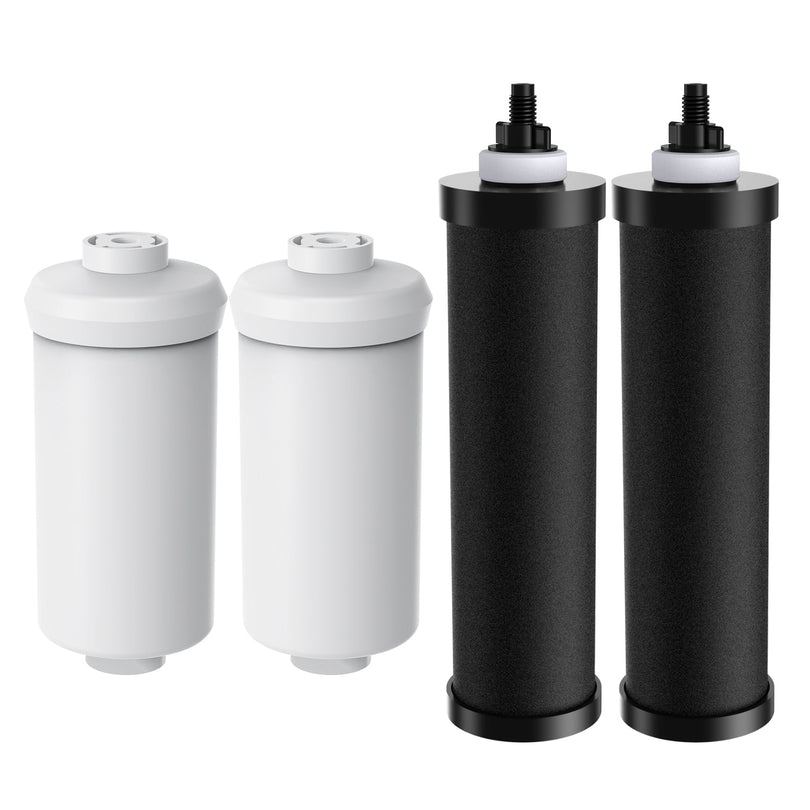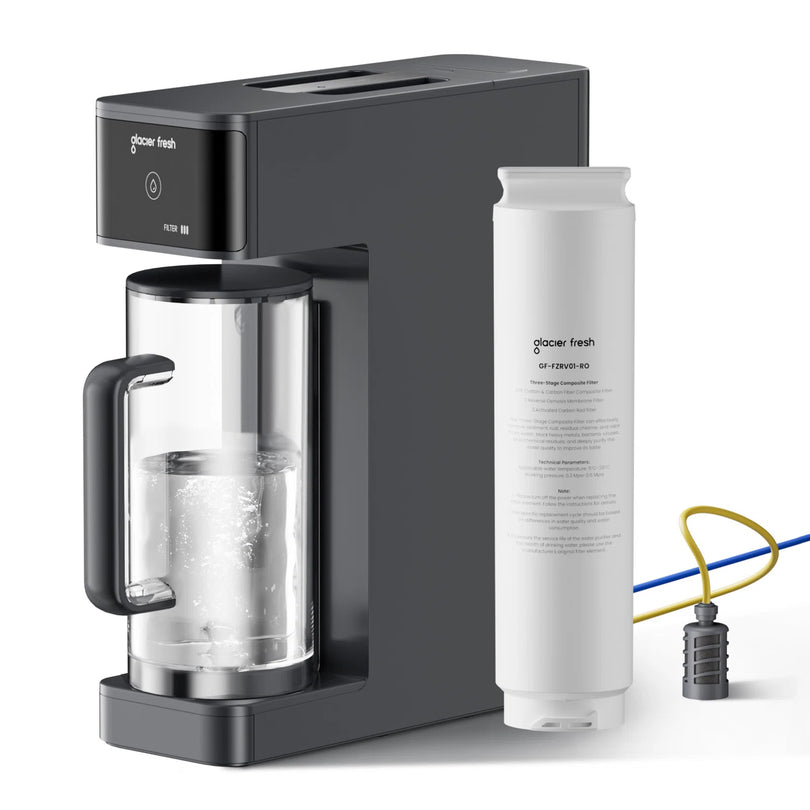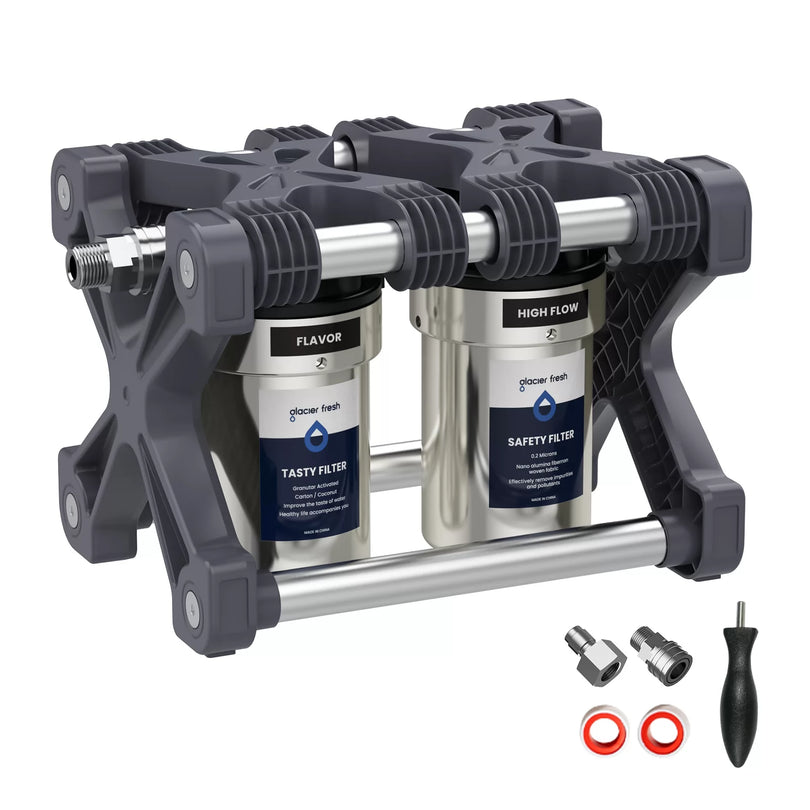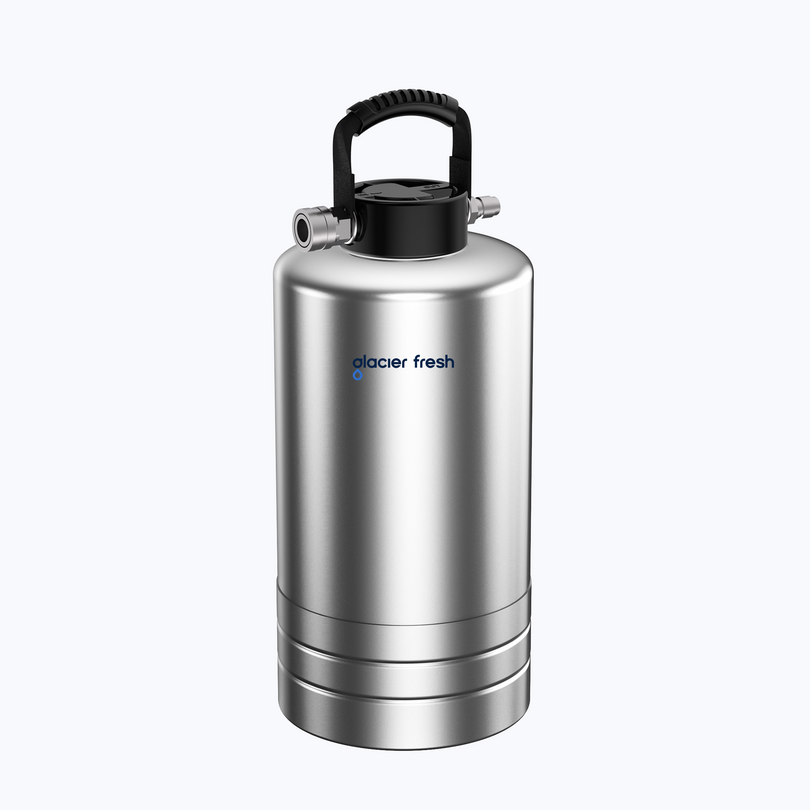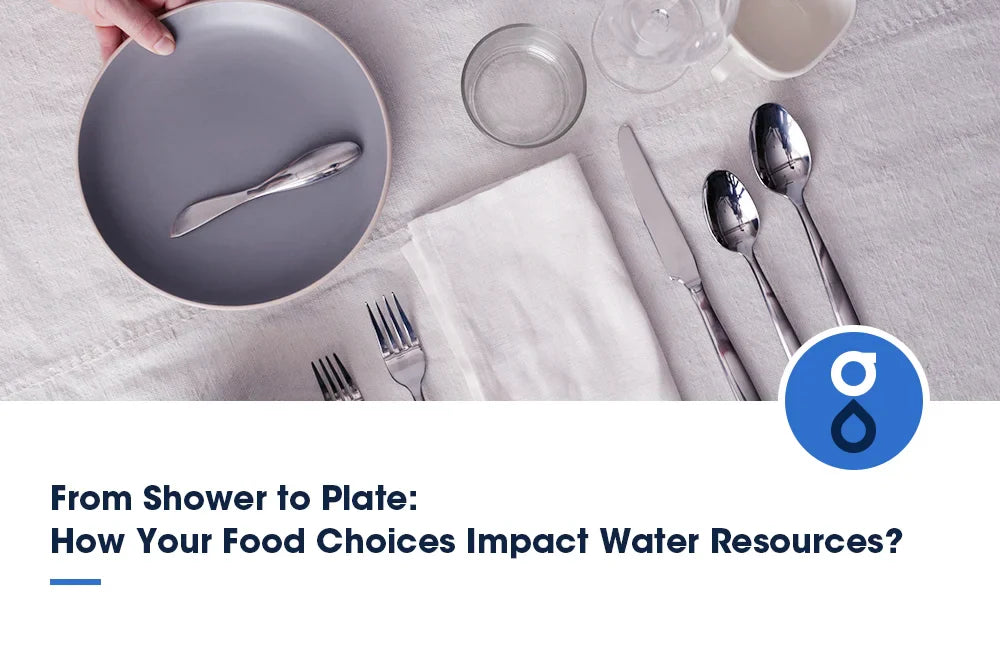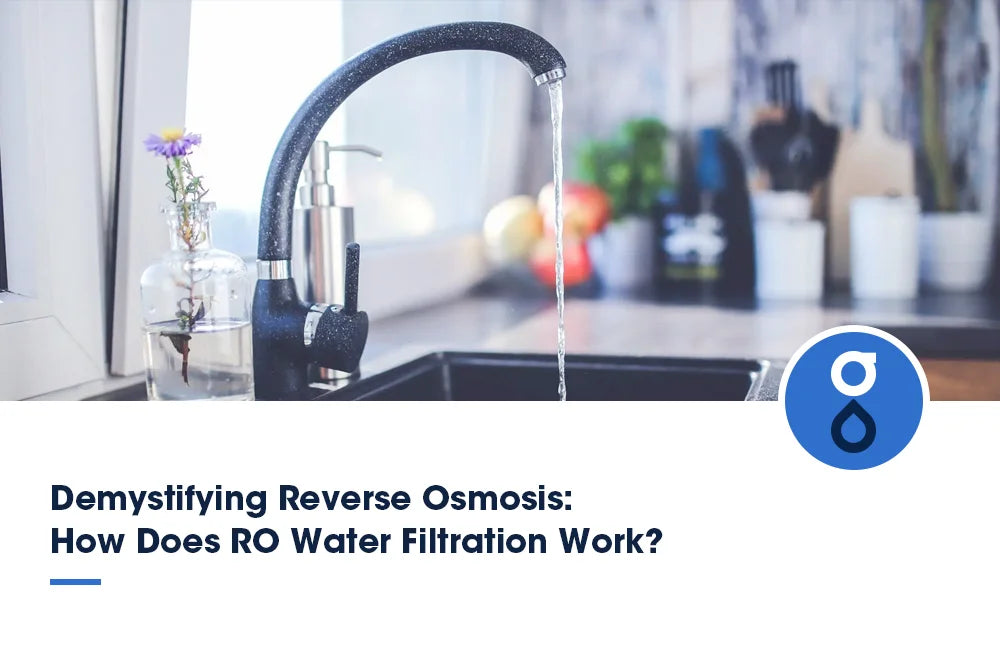Table of Contents:
Reverse osmosis wastes too much water?
Does RO remove essential minerals?
Does the RO water taste flat or bland?
RO systems are costly to maintain?
RO filters don`t remove bacteria?
RO strips water of all nutrients?
RO systems are complex to install?
Are RO waters too acidic?
RO is inefficient for home use?
RO systems slow down water flow?
Conclusion
Water filtration and reverse osmosis are often misunderstood when providing clean and safe drinking water. Many misconceptions and myths surround these processes, causing confusion among consumers. To clarify any misinformation and shed light on the truth, this article aims to debunk 10 common misconceptions about water filtration and reverse osmosis. By exploring each misconception and presenting accurate information, we hope to provide a clearer understanding of these methods and their role in ensuring healthier water consumption. So, let's dive in and separate fact from fiction regarding water filtration and reverse osmosis.
Reverse osmosis wastes too much water?
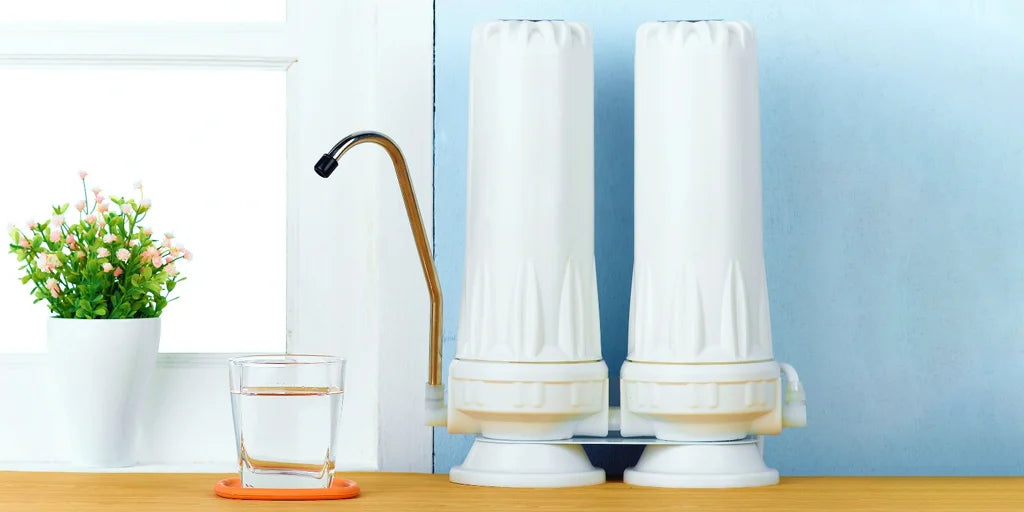
If you're concerned about water wastage, you may have heard that reverse osmosis systems use too much water. While it's true that reverse osmosis systems can produce some wastewater during the filtration process, the amount is often exaggerated. Modern RO systems like Undersink RO Water Filter System have become more efficient, with some models wasting only 2-3 gallons of water for every gallon of purified water produced. Additionally, you can repurpose this wastewater for other household uses, such as watering plants or cleaning.
Does RO remove essential minerals?
You may be surprised to learn that one common misconception about reverse osmosis water filtration is that it removes essential minerals. While it's true that reverse osmosis systems can filter out minerals like calcium, magnesium, and potassium, it's necessary to understand that these minerals are considered contaminants in the context of water purification.
RO water is often described as clean, crisp, and refreshing. The perception of flatness or blandness can also be influenced by individual preferences and what one is accustomed to drinking. Adding a slice of lemon or a pinch of salt can enhance the taste of RO water, making it a flavorful and healthy choice for hydration.
Does the RO water taste flat or bland?

Does reverse osmosis water taste flat or bland compared to other water filtration systems? Some may perceive RO water as lacking flavor because the filtration process removes impurities, including minerals and chemicals that can contribute to taste. However, the absence of these elements doesn't necessarily mean the water is tasteless.
In fact, RO water is often described as clean, crisp, and refreshing. The perception of flatness or blandness can also be influenced by individual preferences and what one is accustomed to drinking. Adding a slice of lemon or a pinch of salt can enhance the taste of RO water, making it a flavorful and healthy choice for hydration.
RO systems are costly to maintain?
Maintaining a reverse osmosis system can concern some due to perceived costs associated with upkeep. However, the notion that RO systems are excessively costly to maintain is often exaggerated.
While it's true that RO systems require periodic filter replacements and membrane changes, these maintenance tasks are less frequent than some may think. Filters typically need replacement every 6-12 months, depending on usage and water quality, which is a manageable cost considering the benefits of clean water.
Additionally, the long-term savings on bottled water and potential health expenses due to contaminated water far outweigh the maintenance expenses. Overall, when considering the health and financial benefits, the maintenance costs of an RO system are a worthwhile investment.
RO filters don`t remove bacteria?

Despite common misconceptions, reverse osmosis filters effectively remove contaminants but may not eliminate bacteria. While reverse osmosis is highly efficient at removing larger particles like heavy metals, chlorine, and dissolved solids, some bacteria may slip through filtration due to their small size.
Although most bacteria are significantly larger than water molecules and should theoretically be caught by the semi-permeable membrane of an RO system, there's a possibility of some bacteria passing through. This is why it's essential to combine reverse osmosis filtration with additional methods like UV sterilization or an activated carbon filter to ensure complete removal of bacteria from your drinking water.
RO strips water of all nutrients?
Reverse osmosis filtration is often mistakenly believed to strip water of all nutrients. While it's true that RO systems remove minerals like calcium and magnesium, essential nutrients in water, it doesn't mean the water becomes completely devoid of all nutrients.
Most essential nutrients come from food, not water. The small amount of minerals removed by RO filtration can easily be compensated for through a balanced diet. Furthermore, removing contaminants from water is crucial for your health, as ingesting harmful substances can have serious consequences. Therefore, don't let the misconception about RO stripping water of all nutrients deter you from using this effective filtration system to ensure clean, safe drinking water for you and your family.
RO systems are complex to install?
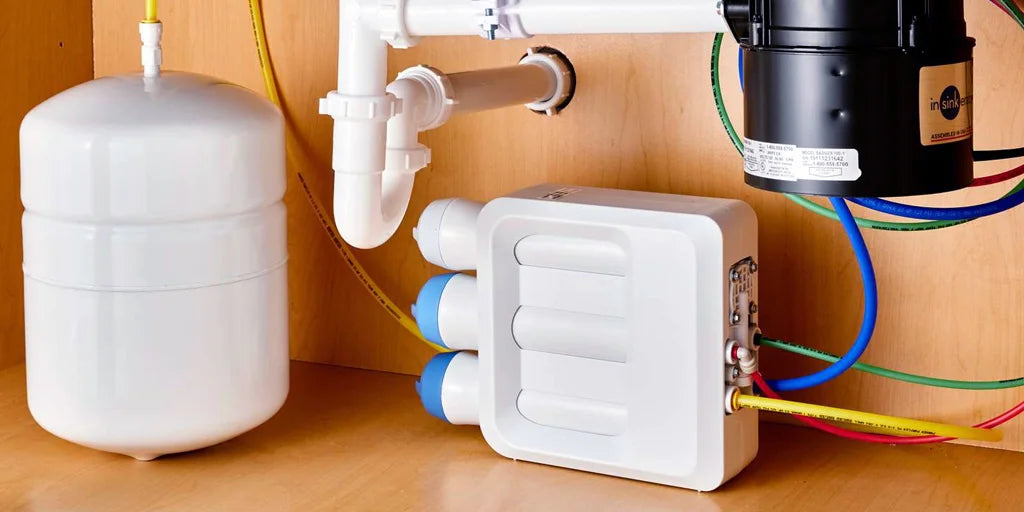
Installing RO systems may seem daunting initially, but it can be a straightforward process with the right guidance and tools. Most modern RO systems come with detailed instructions that are easy to follow.
You'll typically only need common household tools like a wrench and a screwdriver to complete the installation. The process usually involves connecting a few tubes, securing the system, and then allowing it to fill and flush out for initial use. Many manufacturers offer customer support to guide you through the installation if you encounter any difficulties. Remember, once you have the system set up, you'll enjoy the benefits of clean, purified water right at your fingertips, making the installation process well worth the effort.
Are RO waters too acidic?
RO water, while often thought too acidic, is more neutral than commonly perceived. Reverse osmosis systems can slightly lower the pH of water, but this doesn't necessarily make it overly acidic. The pH level of RO water typically ranges between 6.5 and 7. This range is close to neutral, around seven on the pH scale.
In comparison, some popular bottled waters and even tap water can have pH levels below 7, making them more acidic than RO water. Therefore, concerns about the acidity of RO water are often exaggerated. If you're worried about the pH level of your RO water, simple adjustments can be made to bring it to a more desirable range.
RO is inefficient for home use?
Considering their high efficiency and cost-effectiveness, reverse osmosis systems can be surprisingly efficient for home use. RO systems can remove a wide range of contaminants, including heavy metals, chemicals, and microorganisms, providing clean and safe drinking water.
The efficiency of RO systems lies in their ability to filter out impurities at the molecular level, ensuring that the water you consume is of high quality. While some argue that RO systems waste water during filtration, technological advancements have led to the development of more efficient systems that minimize water wastage. Therefore, when properly maintained and used, reverse osmosis systems can be highly efficient and beneficial for ensuring the purity of your home's water supply.
RO systems slow down water flow?
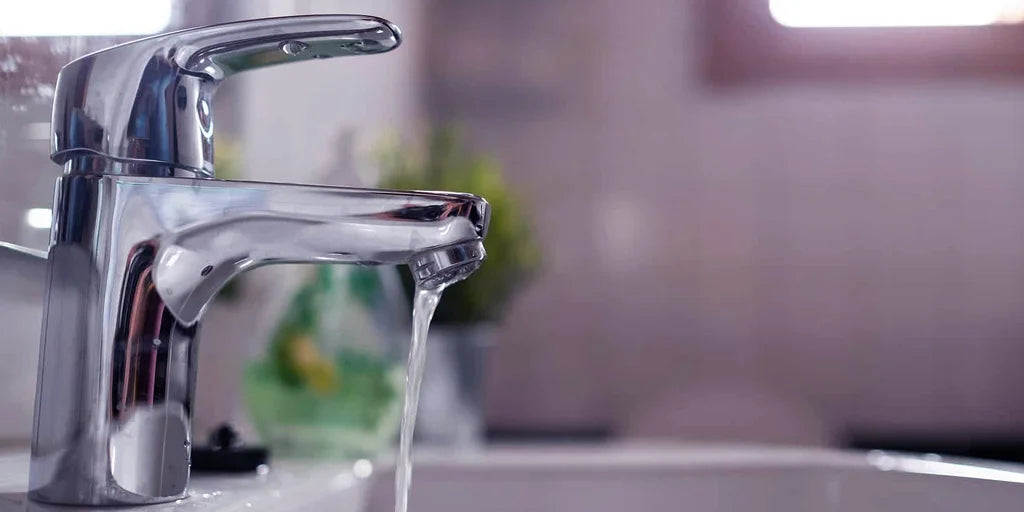
You may have noticed that a common concern when using reverse osmosis systems is that they slow down water flow during filtration. While it's true that RO systems can reduce the flow rate compared to regular taps, this slowdown is necessary for effective filtration.
Pushing water through a semipermeable membrane to remove impurities requires a certain amount of pressure, which naturally slows the flow. However, modern RO systems are designed to balance filtration efficiency with water flow, ensuring access to clean and purified water without significant delays.
Conclusion
So, now that you have learned the truth about reverse osmosis water filtration, you can confidently enjoy the benefits of clean, great-tasting water in your home. Don't let common misconceptions hold you back from installing an RO system - it's efficient, cost-effective, and easy to maintain. Say goodbye to impurities and hello to refreshing, pure water with reverse osmosis filtration. Follow Glacier Fresh find more water filtration solutions.





